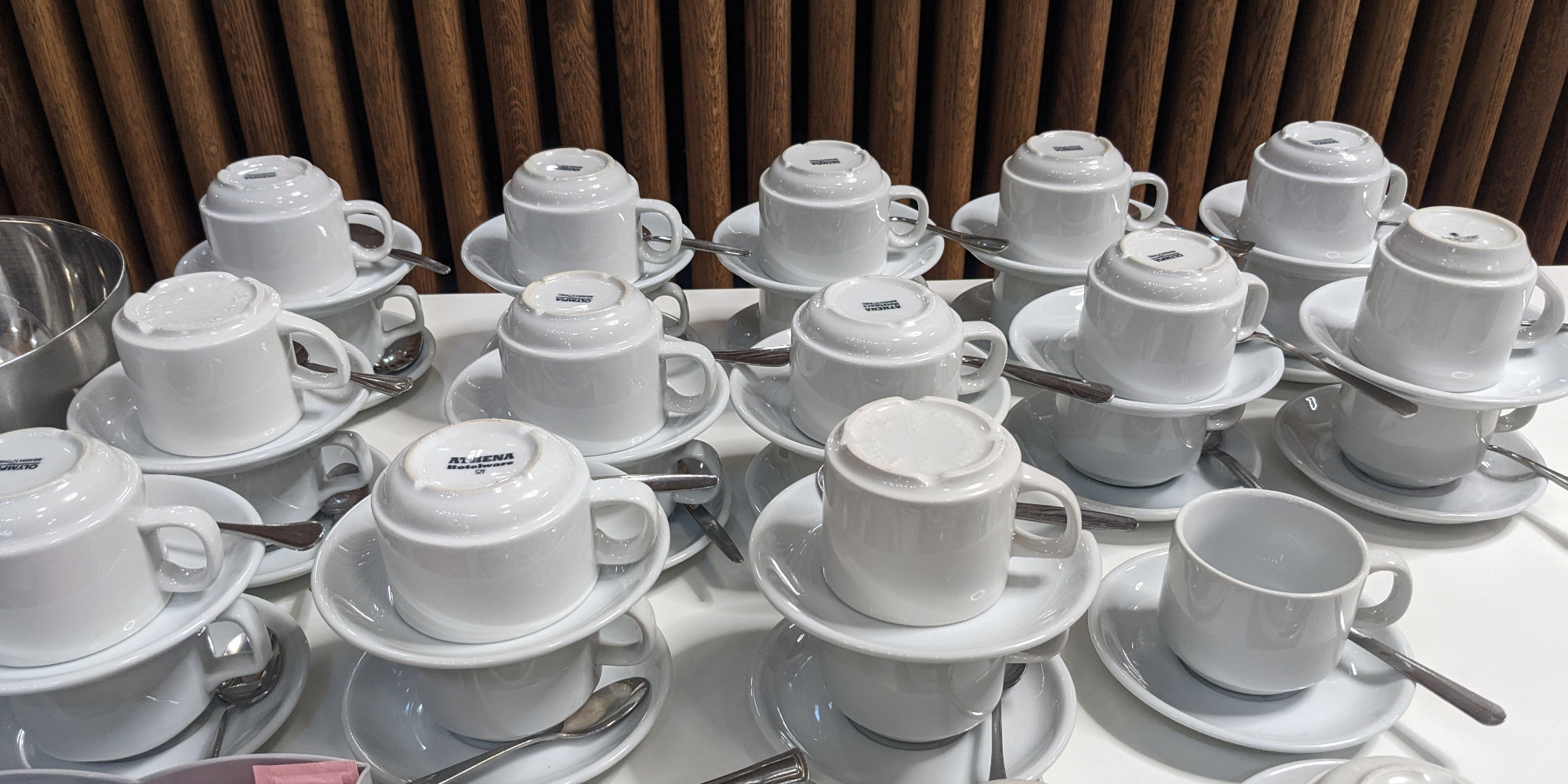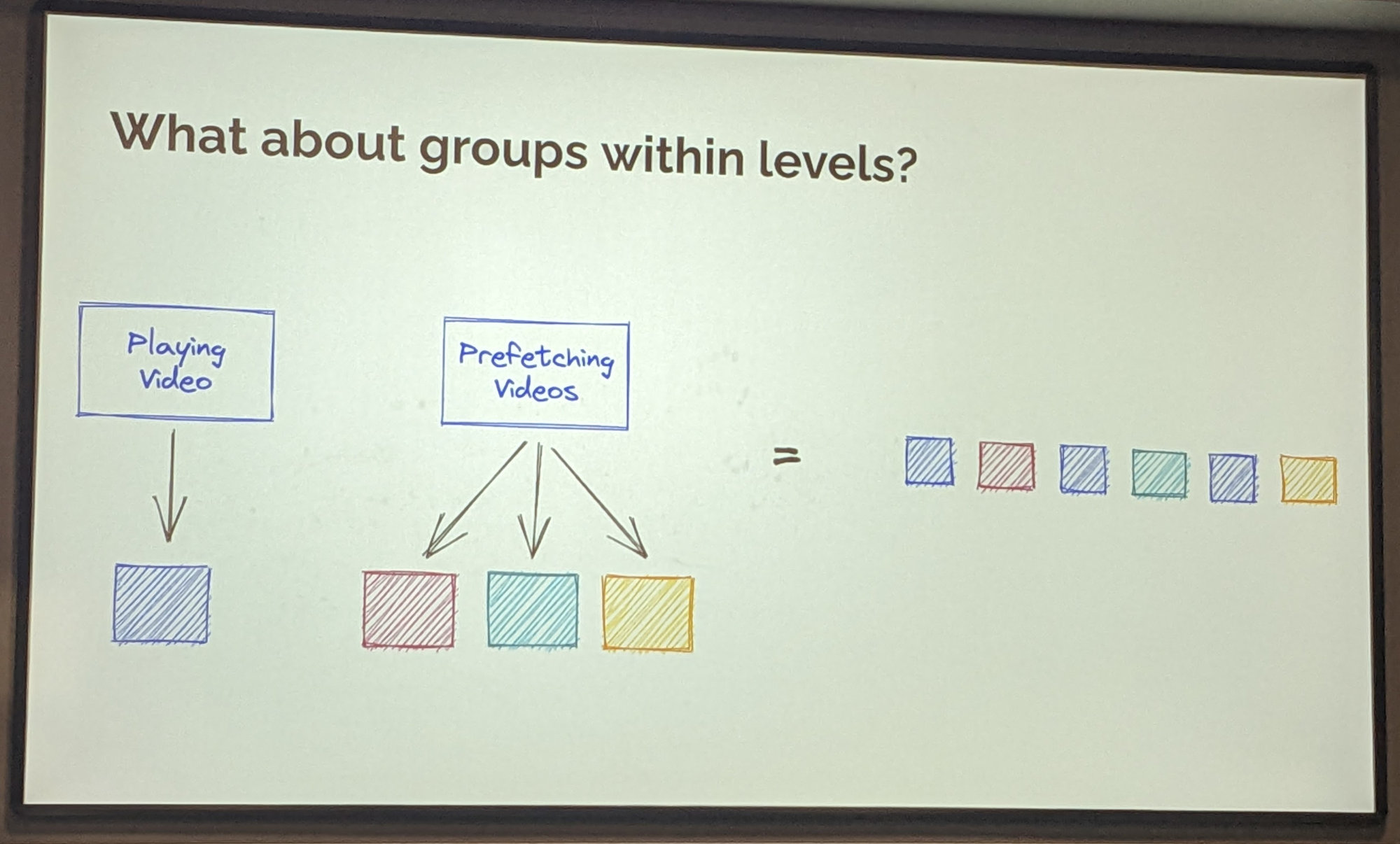Day one was awesome. Now we take the next step.
The missing people
During the discussions today it was again noticeable that apart from some specific individuals we also lack people in the room from prominent “players” in this area such as Chrome developers or humans with closer knowledge of how larger content deliverer work such as Netflix. Or what about a search engine person?
Years ago Chrome was represented well and the Apple side of the world was weak, but the situation seems to have been totally reversed by now.
The day
Mike Bishop talked about the complexities of current internet. Redirects before, during, after. HTTPS records. Alt-svc. Alt-SvcB. Use the HTTPS record for that alternative name.
This presentation triggered a long discussion on how to do things, how things could be done in a future and how the different TTLs in this scenario should or could interact. How to do multi-CDN, how to interact with DNS and what happens if a CDN wants to disable QUIC?
A very long discussion that mostly took us all back to square one in the end. The alt-svcb proposal as is.
Alan Frindell talked about HTTP priorities. What it is (only within connections, it has to be more than one thing and it something goes faster something else needs to go slower, re-prioritization takes a RTT/2 for a client to take effect), when to prioritize (as late as possible, for h2 just before committing to TCP).
Prioritizing images in Meta’s apps. On screen, close, not close. Guess first, then change priority once it knows better. An experiment going on is doing progressive images. Change priority of image transfers once they have received a certain amount. Results and conclusions are pending.
Priority within a single video. An important clue to successful priority handling seems to be more content awareness in the server side. By knowing what is being delivered, the server can make better decisions without the client necessarily having to say anything.
Lunch
I had Thai food. It was good.
Afternoon
Lucas Pardue talked about in HTTP vs tunneling over HTTP. Layers and layers of tunneling and packets within packets. Then Oblivious HTTP, another way of tunneling data and HTTP over HTTP. Related document: RFC 9297 – HTTP Datagrams and the Capsule Protocol. Example case on the Cloudflare blog.
Mark Nottingham talked on Structured Field Values for HTTP and the Retrofit Structured Fields for HTTP.
Who is doing SF libraries and APIs? Do we need an SF schema?
SF compression? Mark’s experiment makes it pretty much on par with HPACK.
Binary SF. Takes ~40% less time parsing in Mark’s experiment. ~10% larger in size (for now).
The was expressed interest in continuing this experimenting going forward. Reducing the CPU time for header parsing is considered valuable.
Sebastian Poreba talked “Networking in your pocket” about the challenges and architectures of mobile phone and smartwatch networking. Connection migration is an important property of QUIC that is attractive in the mobile world. H3 is good.
A challenge is to keep the modem activity off as much as possible and do network activities when the modem is already on.
Beers
My very important duties during these days also involved spending time in pubs and drinking beers with this awesome group of people. This not only delayed my blog post publish times a little, but it might also have introduced an ever so slight level of “haziness” into the process and maybe, just maybe, my recollection of the many details from the day is not exactly as detailed as it could otherwise have been.
That’s just the inevitable result of me sacrificing myself for the team. I did it for us all. You’re welcome.
Another full day
Another day fully packed with HTTP details from early to late. From 9am in the morning until 11pm in the evening. I’m having a great time. Tomorrow is the last day. I’ll let you know what happens then.


